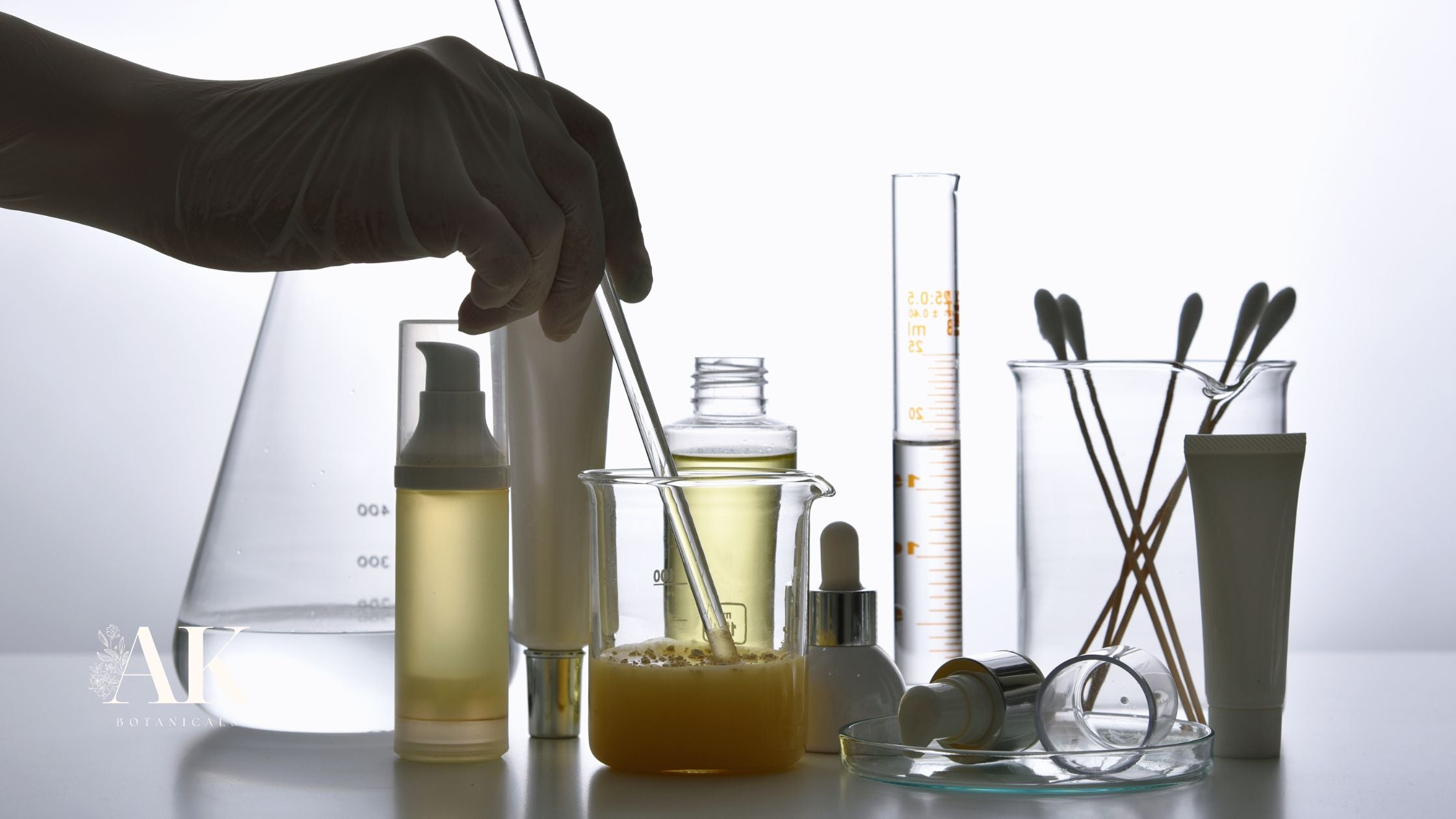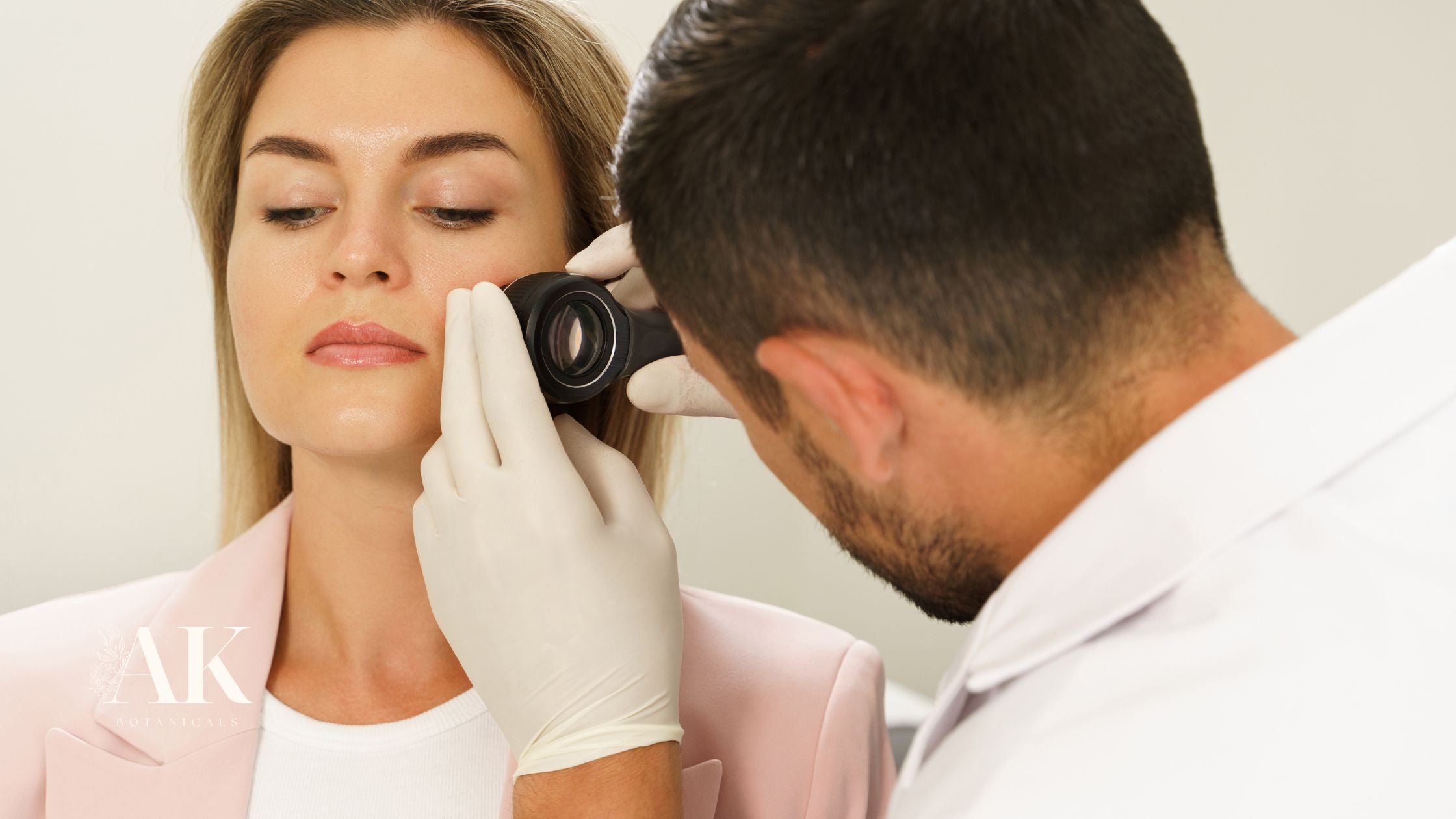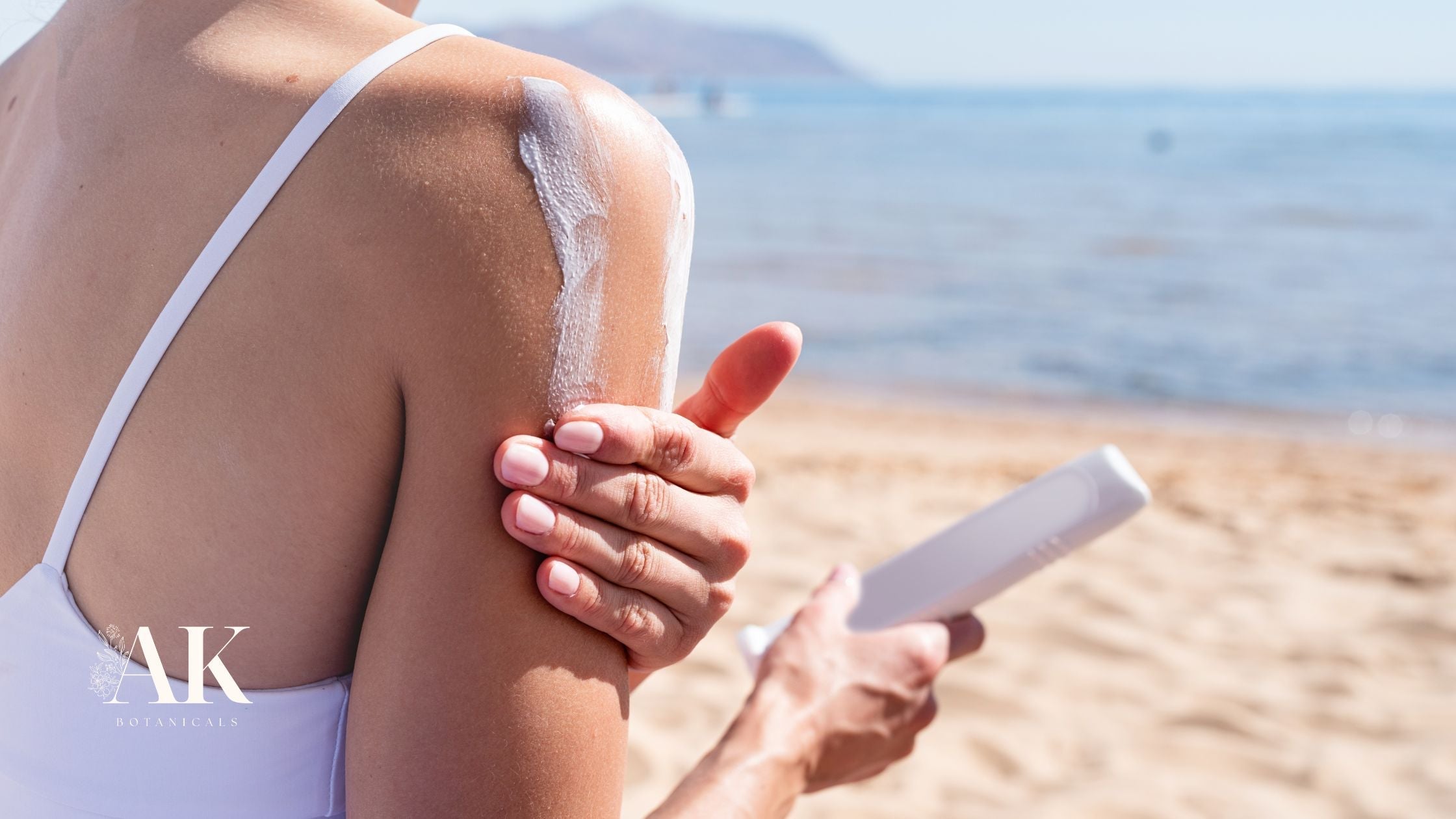
Does Skin Cancer Itch? Understanding the Symptoms and What to Look For
Skin cancer is a condition that affects millions of people worldwide. It happens when abnormal skin cells grow uncontrollably. These cells usually develop in the epidermis, the skin’s outermost layer, which makes it easier to spot than other types of cancer. In the United States alone, over 5.4 million cases of skin cancer are diagnosed every year, according to the American Cancer Society.
While skin cancer is often linked to visible changes, like unusual moles or sores, many people wonder: Does skin cancer itch?
The short answer: Sometimes. Itching can be a symptom of skin cancer, but it’s not the most reliable sign.
Why Does Skin Cancer Cause Itching?
Itching from skin cancer can happen for several reasons:
Inflammation: Your body’s immune response to cancer cells can cause inflammation, leading to itching.
Friction or Irritation: Cancerous lesions in areas that rub against clothing or joints might feel itchy.
Nerve Stimulation: Growing cancer cells can affect nearby nerves, causing sensations like itching or tingling.
Histamine Release: Some cancer cells trigger the release of histamines, the same compounds involved in allergic reactions, which can cause itching.
Is Itching a Warning Sign of Skin Cancer?
While itching can be a symptom, it’s not the most common or reliable one. Skin conditions like eczema, psoriasis, or even bug bites are much more likely to cause itching. That’s why it’s important to look for other warning signs along with itching.
Other Symptoms of Skin Cancer
Skin cancer often presents with additional symptoms, including:
1. Changes in Moles
The ABCDE rule can help you identify potentially cancerous moles:
A – Asymmetry: One half of the mole doesn’t match the other.
B – Border: Irregular, scalloped, or poorly defined edges.
C – Color: Uneven shades of brown, black, red, white, or blue.
D – Diameter: Larger than 6mm (about the size of a pencil eraser).
E – Evolving: Any changes in size, shape, or symptoms (like itching or bleeding).
Image: The Canadian Skin Cancer Foundation
2. Persistent Sores
A sore that doesn’t heal within 2-3 weeks should be examined by a healthcare provider.
3. Redness or Swelling
Surrounding skin might become inflamed, red, or swollen, particularly in advanced cases.
4. Bleeding or Oozing
Lesions that bleed, ooze, or crust are major warning signs.
5. Pain or Tenderness
Some forms of skin cancer, especially in sensitive areas, may feel painful to touch.
What Does Skin Cancer Look Like?
Skin cancer can show up in various forms:
- Sores: Persistent wounds that don’t heal.
- Bumps or Nodules: Raised areas that might itch or burn.
- Scaly Patches: Rough, flaky areas of skin.
- Unusual Moles: Growths with irregular shapes or colors.
When to See a Doctor
If you notice persistent itching combined with other symptoms, like mole changes or sores that don’t heal, it’s time to see a dermatologist. They can perform skin exams, use specialized tools like dermatoscopes, and conduct biopsies to confirm or rule out skin cancer.
Types of Skin Cancer and Symptoms
-
Basal Cell Carcinoma (BCC)
- Most common type (80% of cases).
- Appears as shiny bumps, red patches, or sores that don’t heal.
- Common in sun-exposed areas like the face, neck, and arms.
-
Squamous Cell Carcinoma (SCC)
- Second most common type.
- Appears as rough, scaly patches or firm red nodules.
- Often found on the scalp, lips, or hands.
-
Melanoma
- Rarer but deadlier.
- Appears as irregular moles with uneven borders or multiple colors.
- Can occur anywhere, including under nails or on soles of feet.
Preventing Skin Cancer
Skin cancer isn’t completely preventable, but these steps can reduce your risk:
- Use Sunscreen: Choose a broad-spectrum SPF 30+ sunscreen and apply it daily.
- Avoid Tanning Beds: Artificial UV rays increase your risk of melanoma.
- Wear Protective Clothing: Cover up with long sleeves, hats, and sunglasses.
- Check Your Skin Regularly: Look for new or changing moles and spots monthly.
- Visit a Dermatologist Annually: Regular professional checks can catch skin cancer early.
Itching alone isn’t a definitive sign of skin cancer, but it’s worth paying attention to. Combine vigilance about skin health with preventive measures like sunscreen and regular checkups to protect yourself. If you spot unusual changes, don’t wait—early detection can save lives.





